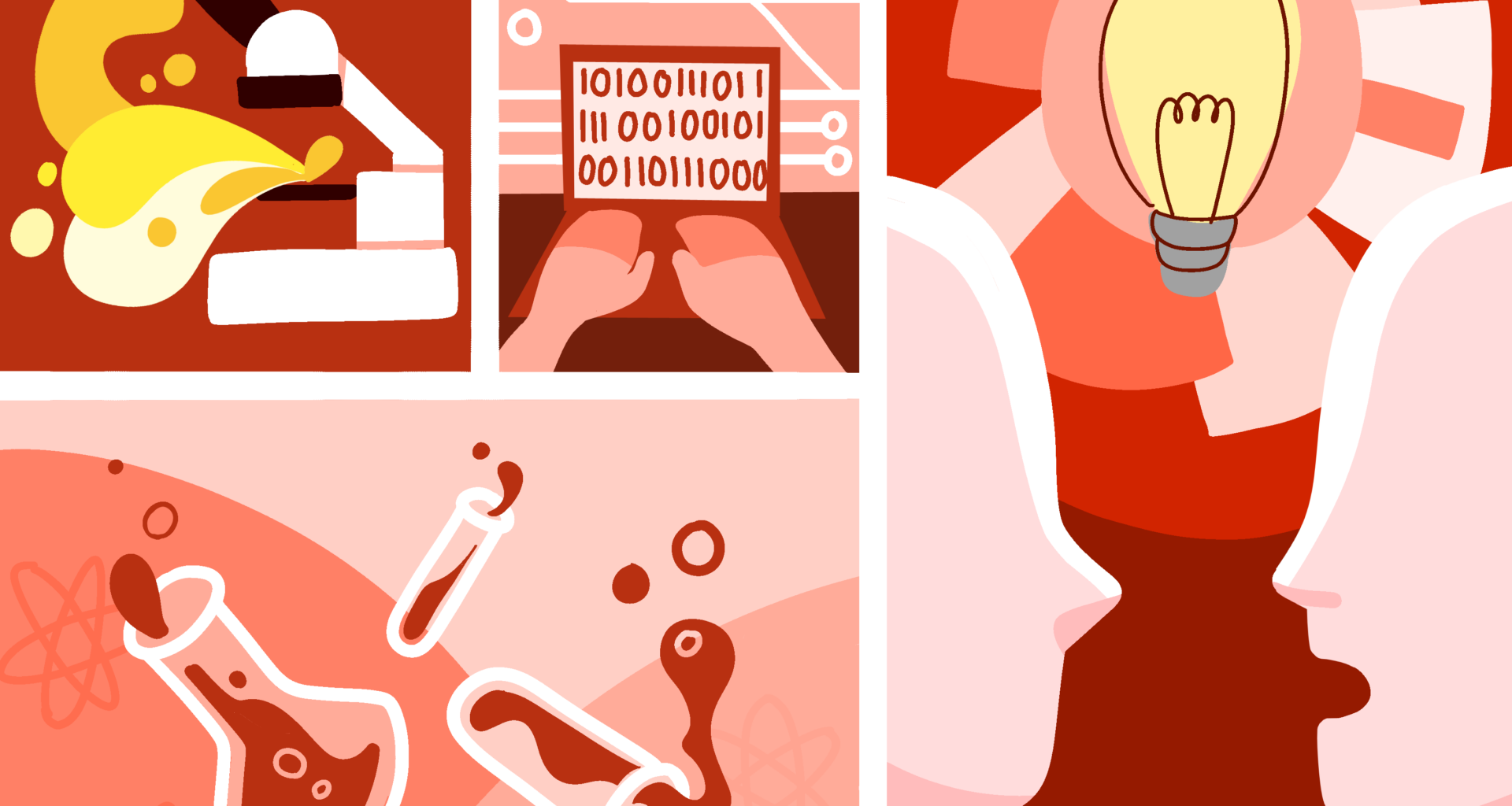Turning immune system genetic activity into insights for treatments
Doctors regularly face difficulties deciding the best treatments for their patients, especially under time constraints. In a Stanford-led study published in Nature, researchers offered ways to make these decisions easier for healthcare professionals by focusing on the immune system.
Purvesh Khatri, a Stanford professor of biomedical informatics and the senior author of the study, helped devise a collection of blood tests that can measure gene activity in immune cells
To investigate the validity of these tests, the team quantified what they classified as “good” and “bad” genetic activity in the immune system. In other words, they classified different immune activities as beneficial or harmful for patients.Harmful immune activity signaled greater risk and more need for treatment.
With these tests, physicians can see if and how different parts of the immune system function in certain conditions. For example, a patient with lymphoid dysregulation may have better treatment results if given drugs targeting the lymphoid immune response.
“You could have a platform to identify the infection, severity of the illness and the treatment quickly,” Khatri told Stanford Medicine.
How a fiber the length of a hair measures various biological processes
In a recent study published in Nature, Stanford researchers outlined their creation, “Neurostring,” a small fiber comprised of numerous electronic channels that’s meant to be implanted into the body.
Neurostring can perform a multitude of functions in the body, like sensing chemicals, monitoring biological activity and even delivering drugs. It is the multitude of electronic channels that allow such explicit sensing and activity. And despite carrying a large number of functions, Neurostring itself is roughly the width of a human hair.
The minimally invasive and soft nature of Neurostring makes it potentially significant for clinical usage. Many of the current clinical tools are rigid and bulky.
Xiang Qian, a doctor who specializes in neuromodulation, commented on the benefits of Neurostring’s structure.
“It can stay inside the body for months at a time or longer, and it’s so soft and small that it can be implanted without discomfort or harm to the patient,” Qian told Stanford Report.
Zhennan Bao, a co-collaborator of Neurostring along with Stanford pediatric surgeon James Dunn, now hopes to take Neurostring to organoids, tissues grown in the lab that behave like real tissues. She, along with other researchers, aim to embed Neurostring into these organoids to better understand the biological and biochemical processes that mimic real human tissue.

